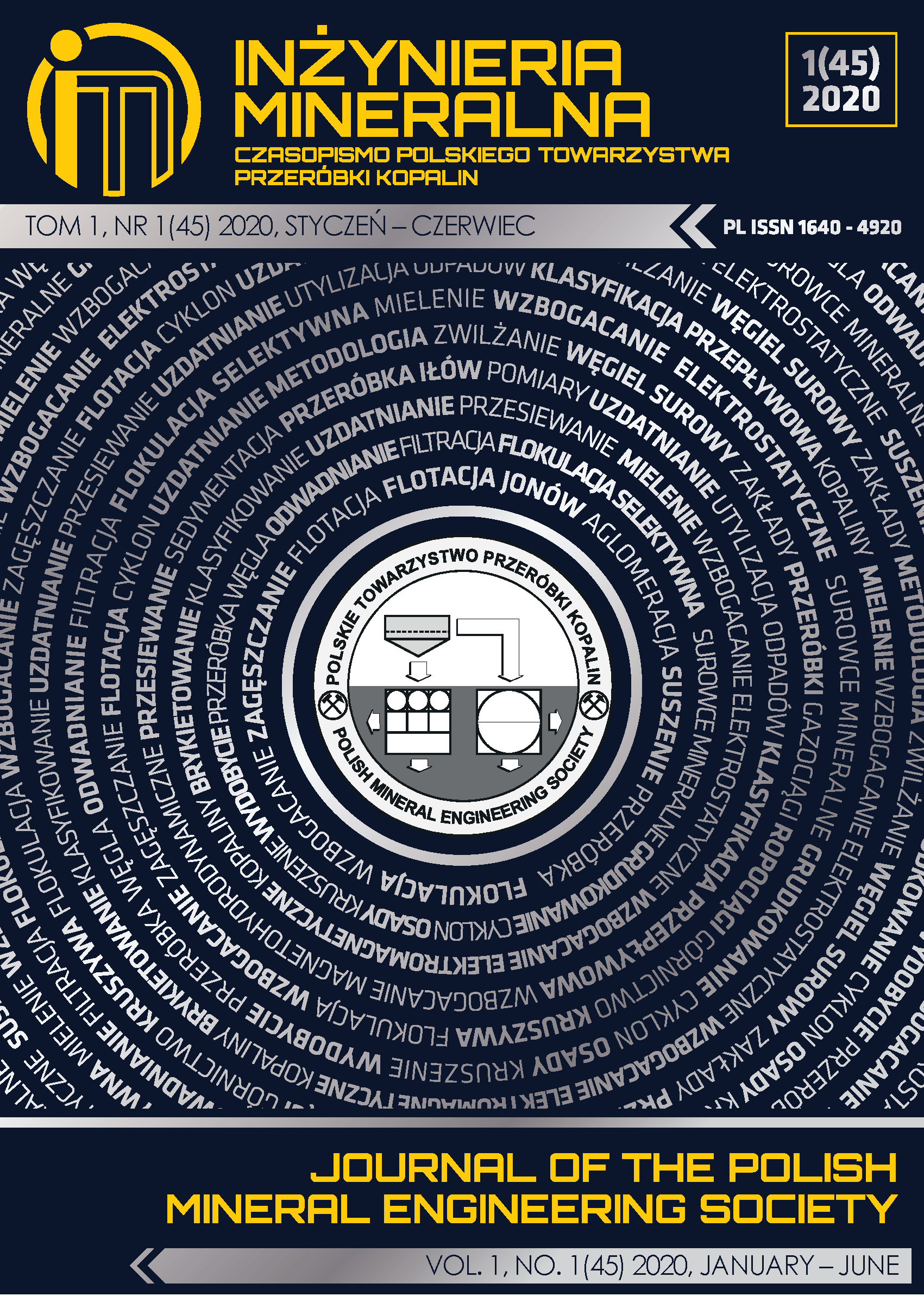Influence of Flight Height on The Accuracy of UAV Derived Digital Elevation Model at Complex Terrain
Abstract
Lightweight Unmanned Aerial Vehicle (UAV) for 3D topographic mapping in mining industry has been raised significantly in recent years. Especially, in complex terrains such as in open-pit mines in which the elevation is rapidly undulating, UAV-based mapping has proven its economical efficiency and higher safety compared to the conventional methods. However, one of the most important factors in UAV mapping of complex terrain is the flight altitude, which needs to be considered seriously because of the safety and accuracy of generated DEMs. This paper aims to evaluate the influence of the flight height on the accuracy of DEMs generated in open-pit mines. To this end, the study area is selected in a quarry with a complex terrain, which is located in northern Vietnam. The investigation was conducted with five flight heights of 50 m, 100 m, 150 m, 200 m, and 250 m. To assess the accuracy of resulting DEMs, ten ground control points (GCPs), and 385 checkpoints measured by both GNSS/RTK and total station methods were used. The accuracy of DEM was assessed by root-mean-square error (RMSE) in X, Y, Z, XY, and XYZ components. The results show that DEM models generated at the flight heights of less than 150 m have high accuracy. RMSEs of the 10 GCPs increase from 1.8 cm to 6.2 cm for the vertical (Z), and from 2.6 cm to 6.3 cm for the horizontal (XY), whereas RMSE of 385 checkpoints increase gradually from 0.05 m to 0.15 m for the vertical (Z) when the flight height increases from 50 m to 250 m.
This journal permits and encourages authors to post items submitted to the journal on personal websites or institutional repositories both prior to and after publication, while providing bibliographic details that credit, if applicable, its publication in this journal.







.png)
